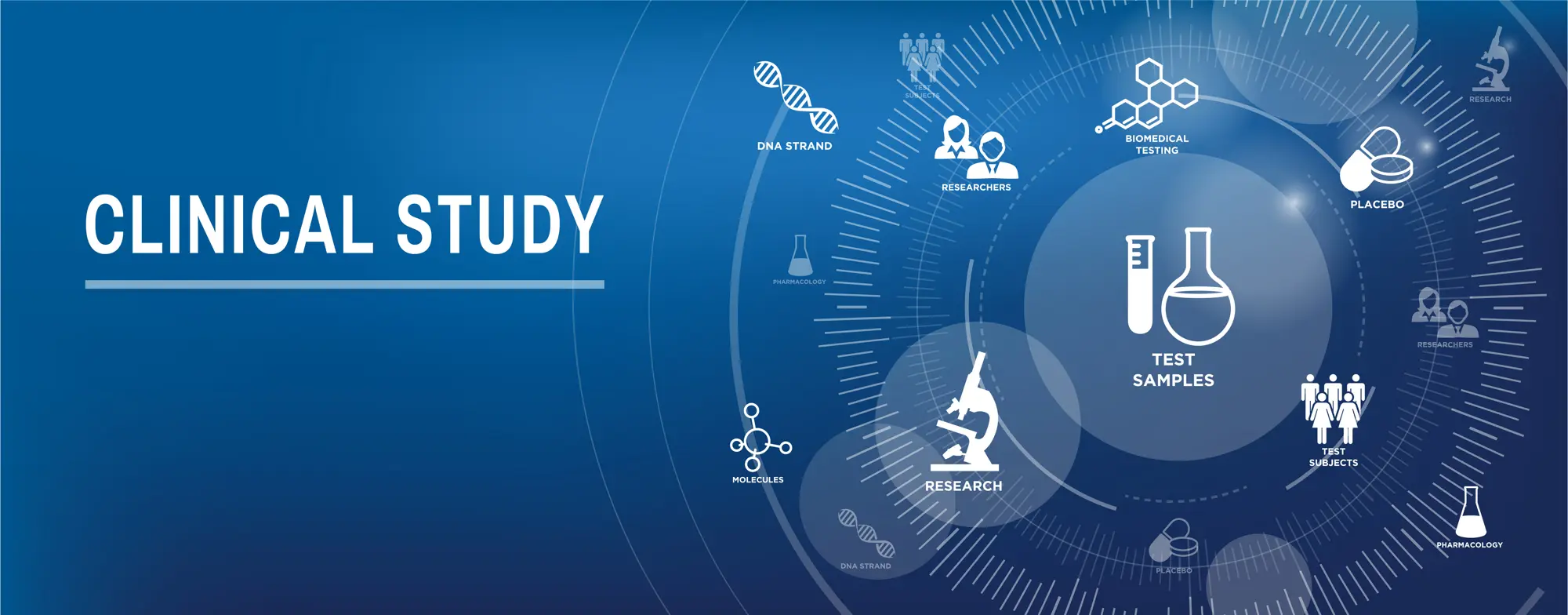The integration of real-world evidence (RWE) in clinical trials offers value to drug and device development, regulatory decision-making, and post-marketing surveillance. Clinical trials and real-world evidence are both important aspects of the healthcare and life science research ecosystem. Each serves a unique purpose and offers specific strengths and limitations.
Drive your clinical development plans, streamline regulatory decision making, optimize patient selection and enhance clinical trial design by leveraging well-designed RW studies and evidence.
Here are few examples of how Kaolel can support you in leveraging RWE in the context of clinical trials:

- Informing Trial Design: By understanding the natural history of the disease, treatment patterns, disease progression, and patient outcomes in the real world, researchers can design more relevant clinical trials that cater to actual unmet needs.
- Patient Selection and Recruitment: Identifying suitable patients for clinical trials is often a challenging step. RWD can be analyzed to identify potential participants who meet specific criteria, speeding up the recruitment process and making it more efficient.
- Supporting Label Expansion: Sometimes, after a drug is approved for a particular indication, it is found to be effective for other conditions or populations in real-world settings. RWE can provide evidence to support these label expansions.
- Diversity in clinical trials and real-world evidence (RWE) is a significant concern in clinical practice and regulatory decision making. Historically, many clinical trials have disproportionately included participants from specific demographic groups, often underrepresenting ethnic and racial minorities, the elderly, women, and people with multiple comorbidities. This lack of diversity can lead to skewed results, limiting the generalizability of findings. RWE, however, offers an avenue to remedy some of these shortcomings.